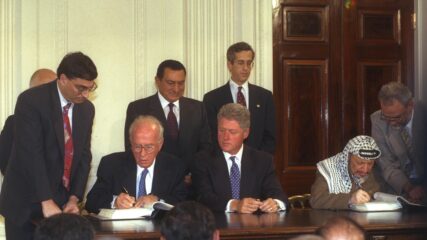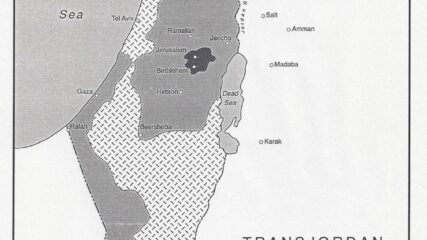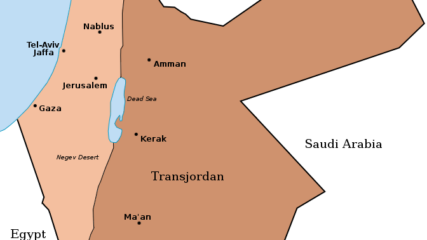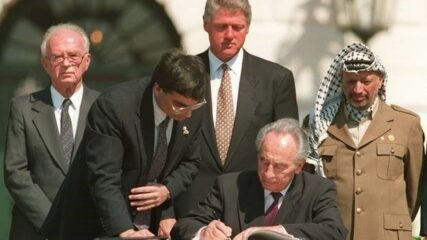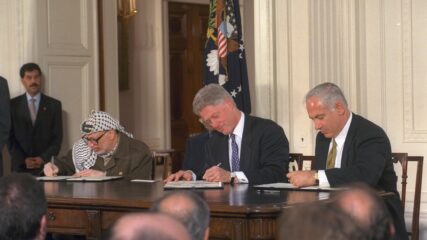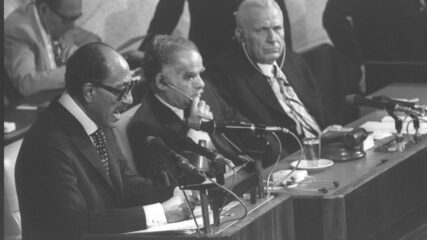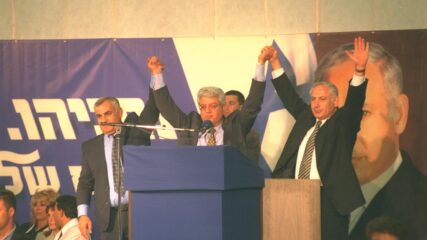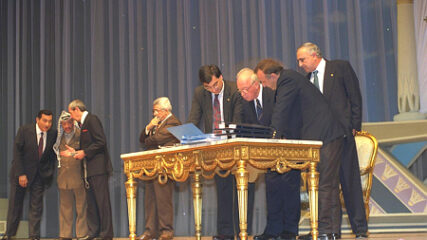Explainer: Oslo II Agreement Between Israel and the Palestinian Authority, September 1995
September 28, 1995 After signing the Declaration of Principles (DOP) on Interim Self-Government Arrangements, commonly known as the Oslo Accords, on September 13, 1993, Israel and the PLO reached three additional interim agreements before Oslo…

